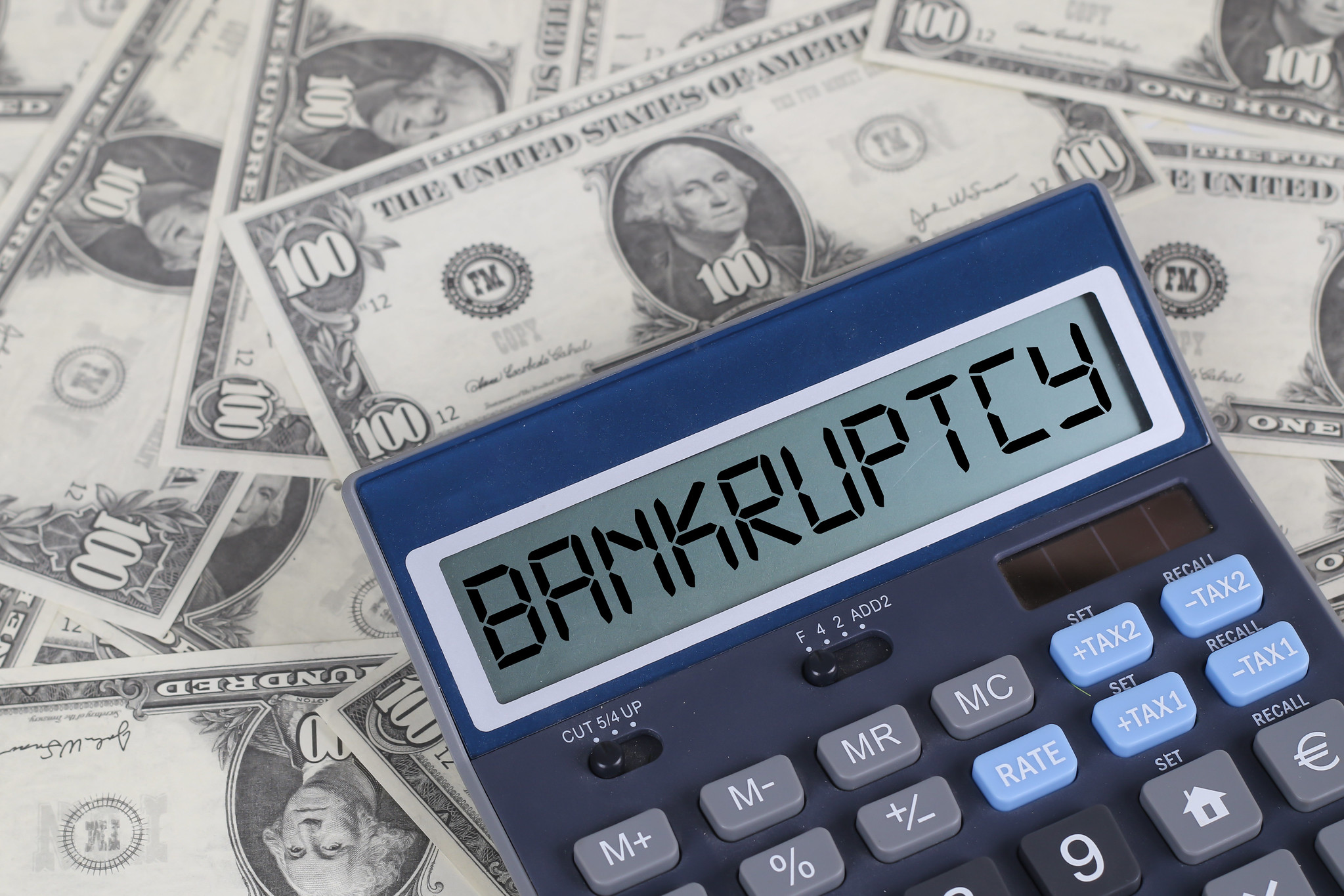The Bankruptcy Code, which is codified as title 11 of the United States Code, has been amended several times since its enactment.
Making the decision to file for bankruptcy is extremely difficult. Realizing you are in such a strenuous financial situation can be immensely overwhelming and anxiety inducing. However, there is no need to fret, sure, this isn’t the most desirable outcome, but sometimes bankruptcy filing is the last and best resource available to those struggling to repay their debt. Since its creation, bankruptcy filing has been known to provide great relief to those whose homes are about to be foreclosed, are unable to repay their credit cards or have been solely dependent on them to sustain themselves, are having their vehicle repossessed, or are going through a series of financial hardships linked to unpaid debt. Whether you or someone you know is currently struggling to repay their debts and is facing these or other consequences, seasoned attorneys in Tulsa, Oklahoma are able to help.
Bankruptcy Basics: Key Facts About This Legal Resource
According to the United States Courts, “article I, Section 8, of the United States Constitution authorizes Congress to enact “uniform Laws on the subject of Bankruptcies.” Under this grant of authority, Congress enacted the “Bankruptcy Code” in 1978. The Bankruptcy Code, which is codified as title 11 of the United States Code, has been amended several times since its enactment. It is the uniform federal law that governs all bankruptcy cases.” There are six bankruptcy chapters in the United States: Chapter 7, Chapter 9, Chapter 11, Chapter 12, Chapter 13, and Chapter 15. Chapter 7 and Chapter 13 are the most popular bankruptcy chapters.
A Breakdown of Chapter 7 and Chapter 13 Bankruptcy

Per the National Foundation for Credit Counseling, “chapter 7 bankruptcy, sometimes referred to as liquidation bankruptcy, is the most common type of bankruptcy in the U.S., and the most basic form of bankruptcy. Chapter 7 provides liquidation of an individual’s property and then distributes it to creditors. Individuals are allowed to keep “exempt property.” Chapter 13, on the other hand, is also known as a “wage earner’s plan” and is meant for those who have regular income to design a 3-5 year repayment plan along with a court appointed trustee with which you can comfortably but diligently repay your debt.
If you are facing insurmountable debt, a bankruptcy attorney in Tulsa, Oklahoma may be able to assist you. After assessing your finances, and determining whether bankruptcy filing is the right approach for you, a bankruptcy attorney will recommend the best or most suitable chapter or chapters for your specific scenario, and begin the filing process. To get started, we recommend reaching out to a bankruptcy attorney in Tulsa, Oklahoma at the Henson Law Firm.


Join the conversation!